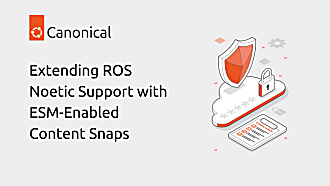Sarah Dickinson
on 28 June 2018
Fing snaps up 30,000 customers with a secure, future-proof IoT device

The number of IoT devices set to be in use worldwide is due to explode depending on the source over the next couple of years. According to Gartner, the figure is set to be as much as 20.4 bn devices by 2020 with consumer products representing 63% of this figure. Many of these will be low-cost devices rushed out by manufacturers to jump on this opportunity. However, low-cost isn’t always a positive especially if little thought has been given to the long-term lifecycle and software strategy of the product. Considerations that should be factored in include; how can security updates be rolled out quickly? How to ensure your customers are on the latest version of your software especially once the device is out in consumer’s homes? How can the product lifecycle be extended through software functionality which may even up new revenue opportunities?
Fing, a company known for its network security app, considered all these questions and more when developing their consumer-facing security toolkit hardware; Fingbox. One of Fing’s main priorities from the outset was to be able to future-proof their device so that their customers could benefit from the latest feature updates and seamless security patches. From their own perspective, Fing also wanted to ensure that they could build a sustainable business from Fingbox that wasn’t reliant on shipping new hardware and opened up a new revenue stream throughout its lifecycle. To address all these requirements, Fing adopted Ubuntu Core, snaps and Canonical’s IoT app store to facilitate their product.
Highlights:
- Ubuntu Core and snaps enabled Fing to bring their device to market in less than a year and save 4 man-months of development time, or the equivalent of $100k.
- Due to the use of snaps, Fingbox can update the 30,000 devices in consumer’s homes within a matter of hours, if needed, in the event of an urgent security patch.
- Adopting Canonical’s IoT app store enables Fing to control and release new features to their customer base providing them with new functionality on an ongoing basis.
Download the case study here.



